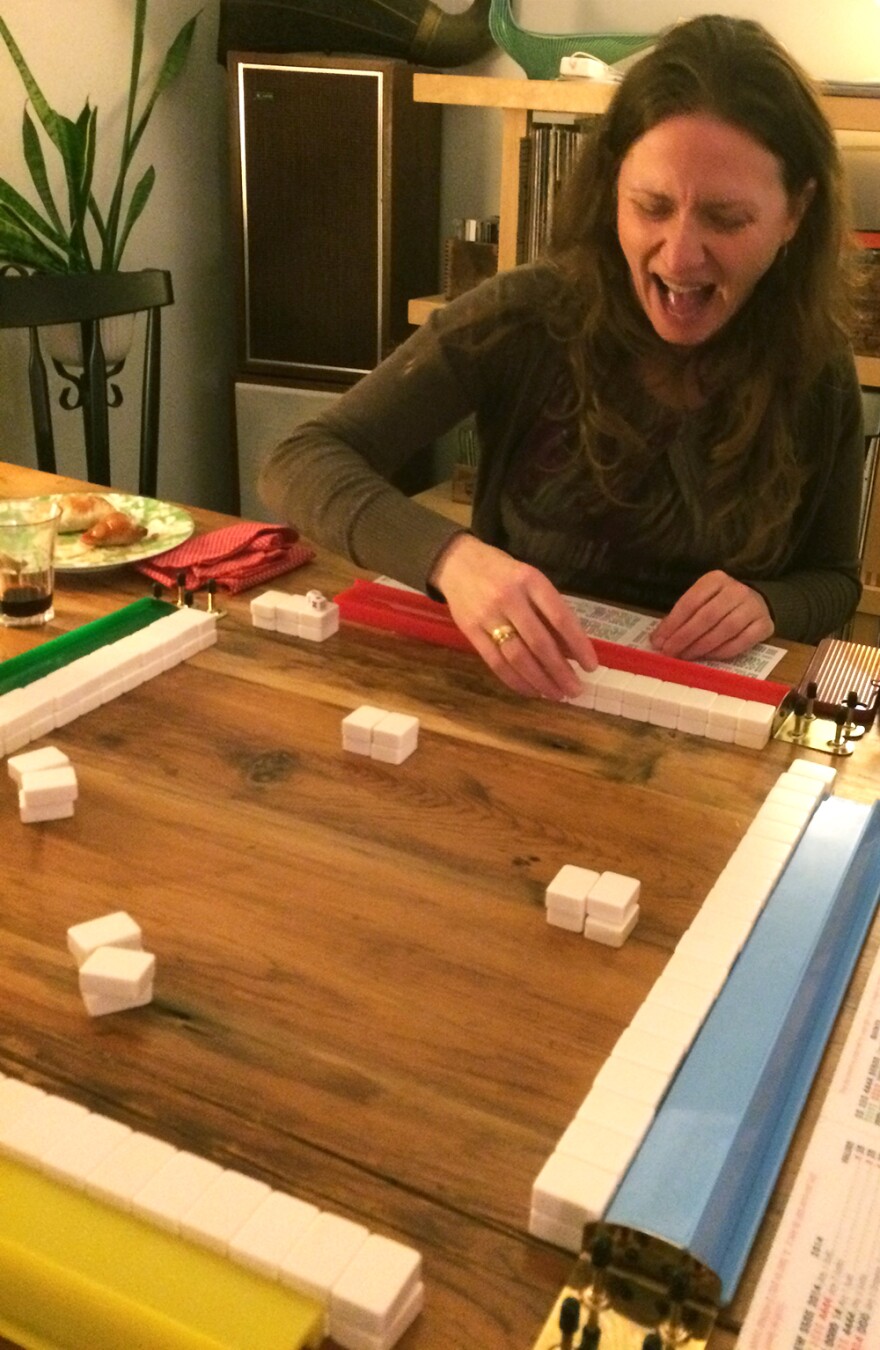Mah jongg, a card game that mixes skill and strategy with a bit of luck, originated in China in the 1850s. In the late 19th century, Chinese craftsmen left paper behind and started hand carving mahjongg symbols on bamboo and bone tiles.
More than 100 years later, mah jongg sets are still a popular means of entertainment in many cultures. Gregg Swain, a writer from Shaftsbury, is so enamored with the game she recently co-authored a book all about mah jongg titled Mah Jongg: The Art of the Game.
“What’s really wonderful about mah jongg is there’s an incredible variety of types of sets and types of materials,” Swain says. She explains that although many sets have different designs, they all have the same basic suits. “There are Dots, which represent coins, there are Bams, or bamboos, which represent strings of coins, and then there are Cracks, the Chinese word for character, which represents lots of money. So all sets really have to have that in common.” All sets also have four types of wind and three kinds of dragons.


Robin Parker, who hosts a lively, regular mahjongg game at her house in Burlington, says that the first time she played the game she was immediately captivated by the designs, especially the flower tiles. “They are lovely to look at. There is just something about them that really speaks to me,” she says.
Swain explains that although the flower tiles have always been known by that name, they often depicted other scenes and were an outlet for the craftsmen’s creativity. “They would carve beautiful scenes of landscapes, scenes from operas or supernatural creatures. They could really carve whatever they felt like carving,” she says.
Back at the game, Parker admits that while she’s playing, it’s often hard to throw away certain tiles because she is so attracted to them.
Mah jongg tiles are only 1 1/2 inches high, which made for very delicate, detailed work. “Many of them were hand carved,” Swain says. “Some of the tools really could almost be like a needle, they would be such fine, little lines that were carved on the tiles.”

So why is the game so popular? “There are these wonderful opportunities to socialize,” Swain says. "Friendships can be solidified around the mahjongg table.” She explains that people often get together every week for a game and the tradition could last for decades.

For Swain, that’s the biggest draw to mahjonhg: the wealth of happiness little tiles have brought people throughout the years.






